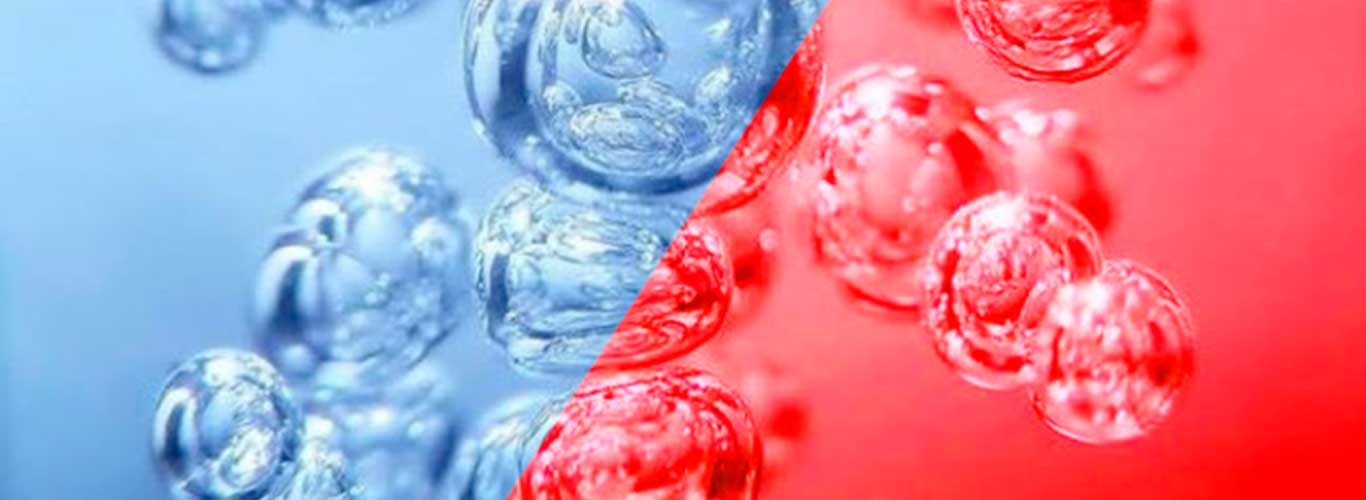
Abstract
BACKGROUND:
Patients on venoarterial extracorporeal membrane oxygenation (VA-ECMO) are frequently managed with varying degrees of hyperoxia. Existing data suggest that higher levels of Pao2 correlate with worsened outcome in patients receiving ECMO support. We hypothesized that higher levels of Pao2 during VA-ECMO support would correlate with an increased risk of acute brain injury (ABI) in critically ill patients with cardiogenic shock (CS). To test our hypothesis, we performed a retrospective review of patients receiving VA-ECMO for CS at a tertiary medical center.
METHODS:
Data from patients who received ECMO support for CS between January 2017 and January 2024 were retrospectively collected from Beijing Anzhen Hospital, Capital Medical University. Patients were categorized into 4 groups based on their Pao2 values after 24 hours of ECMO: normoxia (Pao2 60–149 mm Hg), mild hyperoxia (Pao2 150–199 mm Hg), moderate hyperoxia (Pao2 200–299 mm Hg), and severe hyperoxia (Pao2 ≥300 mm Hg). ABI was categorized as ischemic stroke (IS) + intracranial hemorrhage (ICH), hypoxic-ischemic brain injury (HIBI), and neurological examination abnormalities (NEA). The rate of ABI and in-hospital mortality was evaluated using univariate and multivariable logistic regression analyses.
RESULTS:
Among 481 CS patients supported by VA-ECMO, 164 (34.1%) experienced ABI, with subtypes including IS + ICH (n = 73, 44.5%), HIBI (n = 25, 5.20%), and NEA (n = 66, 13.7%). The multivariable logistic regression for composite ABI at 4 hours post-ECMO revealed a dose-dependent association with hyperoxia severity: mild (odds ratio [OR], 2.33; 95% confidence interval [CI], 1.10–4.96), moderate (OR, 4.16; 95% CI, 2.16–8.02), and severe hyperoxia (OR, 6.10; 95% CI, 3.33–11.2). This dose-response pattern persisted at 24 hours (mild: OR, 3.44 and 95% CI, 1.88–6.29; moderate: OR, 3.28 and 95% CI, 1.80–5.97; severe: OR, 4.78 and 95% CI, 2.14–11.2). Severe hyperoxia (OR, 2.46; 95% CI, 1.25–4.84) was identified as an independent predictor of in-hospital mortality.
CONCLUSIONS:
Hyperoxia (Pao2 ≥150 mm Hg) at both 4 and 24 hours post-ECMO initiation was significantly associated with ABI, while severe hyperoxia (Pao2 ≥300 mm Hg) at 24 hours correlated with in-hospital mortality.
